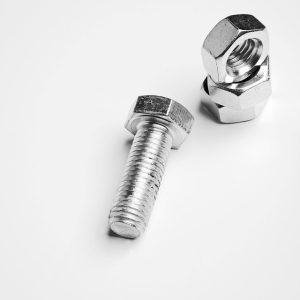
Anti-seize lubricant plays an important role in protecting fasteners and parts from damage. Bolts, screws and nuts will create friction with the parts with which they are used. If left unchecked, this friction can result in damage in the form of seizing, galling or corrosion.
You can protect fasteners and parts from friction-related damage by applying an anti-seize lubricant. It will reduce friction between the fasteners and parts so that seizing, galling and corrosion are less likely to occur. There are different types of anti-seize lubricants, however, one of which is copper. What is copper anti-seize lubricant, and how does it work?
Overview of Copper Anti-Seize Lubricant
Copper anti-seize lubricant is characterized by the presence of copper particles suspended in a liquid base. Like all types of anti-seize lubricant, it’s used to prevent seizing, galling and corrosion. Copper anti-seize lubricant simply contains copper particles.
How Copper Anti-Seize Lubricant Works
Copper anti-seize lubricant uses two primary ingredients to reduce friction: copper particles and a grease base. The copper particles work to form a protective barrier between the fasteners and parts.
Friction-related damage typically occurs when two solid metal objects rub against each other. The copper particles in copper anti-seize lubricant will create a thin barrier between fasteners and parts to minimize friction and protect against damage.
In addition to copper particles, copper anti-seize lubricant features a grease base. The purpose of the grease base is to hold and distribute the copper particles. Grease will stick to fasteners and parts while holding the copper particles in place. Some varieties of copper anti-seize lubricant may contain other ingredients like corrosion inhibitors as well, but they all contain copper particles and a grease base.
Benefits of Copper Anti-Seize Lubricant
Why should you choose copper anti-seize lubricant exactly? When compared to other types of anti-seize lubricant, it offers a superior level of heat resistance. Heat can contribute to seizing, galling and corrosion. When regularly exposed to heat, fasteners may stick to the parts with which they are used. Anti-seize lubricant, however, can withstand heat better than other types of anti-seize lubricant.
The problem with other types of anti-seize lubricant is that their metal particles may melt when exposed to heat. Aluminum anti-seize lubricant, for instance, contains aluminum particles. As it heats up, these aluminum particles may melt. Fortunately, this isn’t an issue with copper anti-seize lubricant, as it can withstand temperatures of up to 1,800 degrees Fahrenheit.



